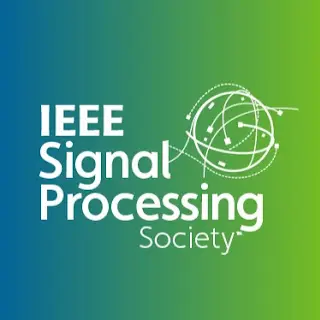New Sets of Quadriphase Cross Z-Complementary Pairs for Preamble Design in Spatial Modulation
Cross Z-complementary pairs (CZCPs) are a special kind of Z-complementary pairs having zero autocorrelation sums around the in-phase position and end-shift position, also having zero cross-correlation sums around the end-shift position. Recent results have shown that CZCPs are very efficient in designing pilot sequences for spatial modulation enabled multiple-input multiple-output (MIMO) systems. In this paper, we propose systematic constructions of binary and quadriphase CZCPs with new lengths of the form 2M, where even-length binary Z-complementary pairs of length M exists.
